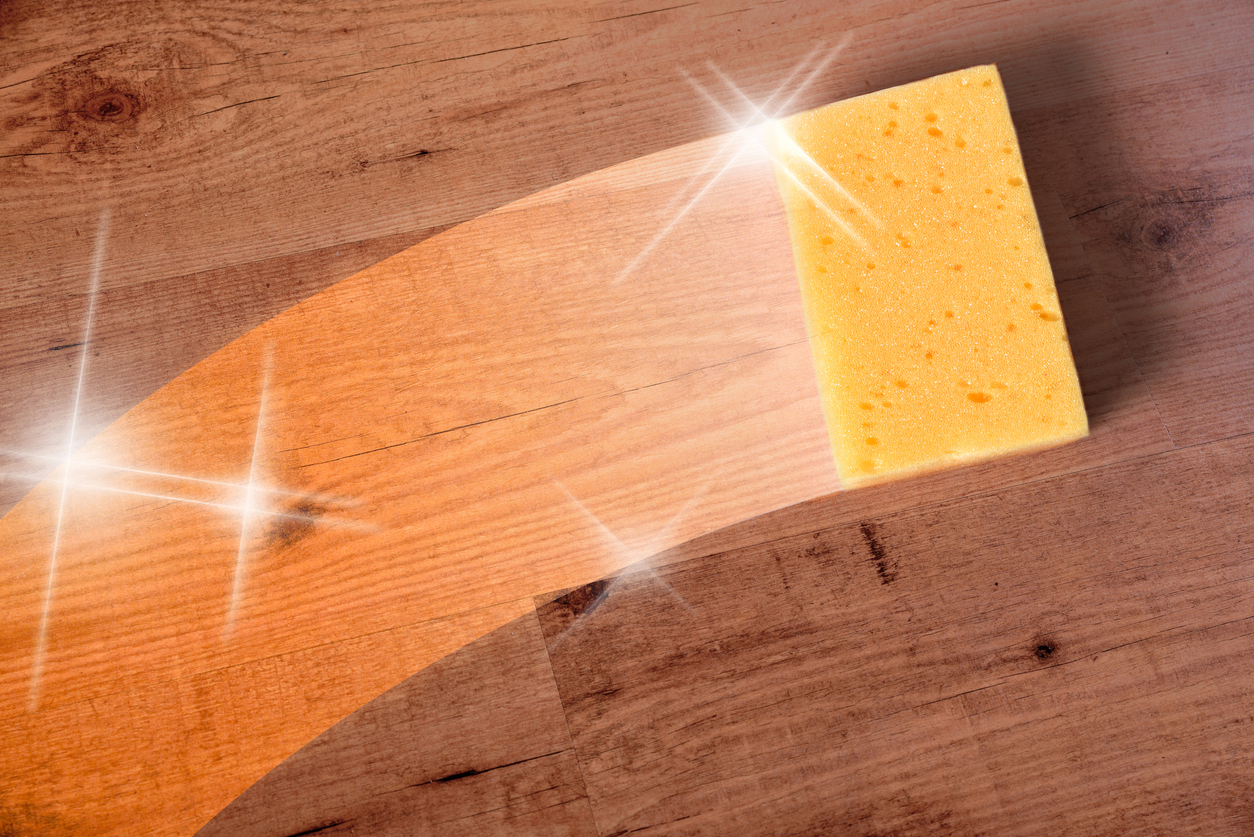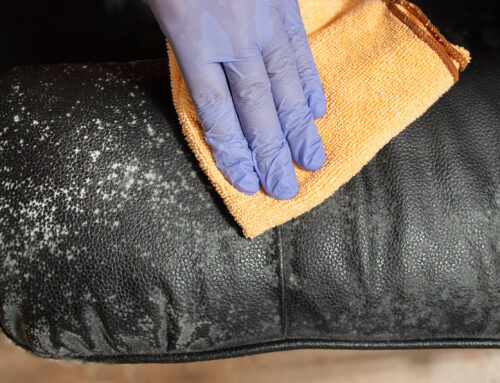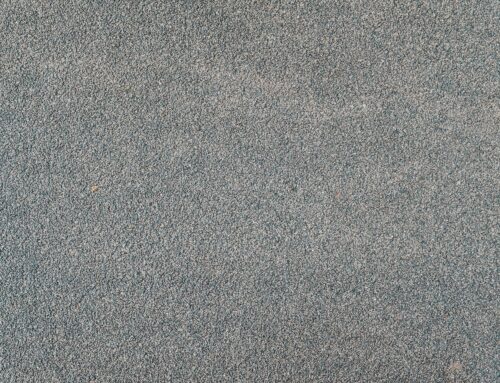Engineered hardwood offers the beauty of real wood with added structural stability. But like any flooring, it requires proper care and cleaning methods to maintain its flawless look. Regular cleaning preserves your investment in elegant engineered floors.
In this guide, we’ll cover everything you need to know to keep engineered hardwood looking like new, including:
- Benefits of engineered vs. solid wood
- Prepping floors prior to cleaning
- Recommended cleaning frequency
- Dust mopping and dry cleaning techniques
- Cleaning products and solutions to use/avoid
- Damp mopping methods
- Removing stains like grease and scratches
- Whole floor deep cleaning procedures
- Protecting and restoring finishes
Follow these professional engineered hardwood cleaning tips to reveal your floors’ natural radiance and keep them gleaming for decades.
Benefits of Engineered Hardwood Floors
Engineered hardwood combines plywood base layers with a top veneer of solid oak, maple, or other wood. Benefits over solid hardwood include:
- Added structural stability from cross-grain plywood cores
- Resists warping and buckling from moisture better
- Allows wider plank sizes up to 9 inches without flexing
- Can be installed on any floor level, even basements
- Costs less than many solid exotic hardwood options
Keep in mind the cleaning needs of engineered floors are similar to solid hardwoods. Daily care protects both types.
Preparing Engineered Hardwood for Cleaning
Before tackling cleaning, prepare your floors:
- Remove all furnishings and rugs from the area. For whole floor cleaning, remove everything possible.
- Vacuum and thoroughly sweep floors to eliminate surface-level dirt and debris.
- For damp cleaning, place “wet floor” signs at entryways. Keep pets away so paws don’t track in dirt.
- Prevent wet cleaning solutions from reaching unfinished wood areas.
- Ensure subflooring below is dry before extensive wet washing.
Proper prep makes cleaning more effective and prevents messes.
How Often Engineered Hardwood Floors Should Be Cleaned
For lightly trafficked floors, follow this cleaning schedule:
- Dry dust mop floors 1-2 times per week.
- Damp mopped once weekly or biweekly depending on dirt buildup.
- Deeper cleaned every 3-6 months using proper wood floor cleaners.
High traffic floors may need:
- Dry dusting 3-4 times per week.
- Quick damp mopping daily or every other day.
- Seasonal deep cleaning 2-4 times per year.
Frequent light cleaning prevents the need for heavy-duty scrubbing.
Dry Dust Mopping Engineered Hardwood Floors
Regular dry dusting picks up surface-level dust, dirt, pet hair, crumbs, and debris.
- Use a microfiber dry dust mop weekly. Electrostatic microfibers attract and hold dust.
- Work systematically room to room using straight, overlapping passes.
- Lift and pivot the mop as you clean to use clean sides of the pad.
- Replace pads when they become soiled.
- Hard-to-reach areas can be tackled with a vacuum crevice tool.
Dry dusting prevents dirt from being ground into flooring when walked on.
Recommended Cleaning Products for Engineered Hardwood
- Use hardwood-specific floor cleaners. Popular brands include Bona, Method, and Zep.
- Look for non-toxic, water-based cleaners without acids, alkalis, or harsh detergents.
- For grease spots, hydrogen peroxide, rubbing alcohol, or ammonia-free glass cleaner help lift oil.
- Opt for a cleaner with shine enhancer to restore luster as you clean.
- For convenient spot cleaning, keep disposable hardwood floor cleaning wipes on hand.
Always consult your flooring manufacturer’s care guidelines before using new products. Now let’s discuss damp mopping techniques.
How to Damp Mop Engineered Hardwood Floors
When dusting leaves behind stuck-on dirt, follow this process:
- Select a damp mop with telescoping handle to reach all areas without stooping.
- Spray the cleaner solution directly onto the floor or dampen the mop head with water mixed with a small amount of floor cleaner concentrate.
- Use a narrow-head mop and wring out well so it’s damp but not sopping wet.
- Mop in the direction of the floorboards using smooth, straight motions. Overlap passes.
- Work in sections, rinsing the mop pad frequently to remove soil.
- Let the damp cleaned section fully dry before continuing to an adjacent area.
Take care to prevent excessive water with damp mopping. Now let’s discuss how to handle sticky spots.
Removing Stains Like Grease and Adhesive
Treat stuck-on messes promptly:
- Scoop up any solid debris gently with a plastic scraper. Avoid abrasives that can scratch.
- Apply a small amount of hydrogen peroxide, rubbing alcohol, or ammonia-free window cleaner directly on grease spots.
- Allow to sit briefly until grime is lifted, then wipe with clean cloth.
- For sticky adhesives, apply lighter fluid or Goo Gone using a sponge or rag. Rub gently.
- Rinse all residue thoroughly so it doesn’t get spread around by damp mopping.
- Spot clean scratches or stains using a modeling clay bar. Rub gently with the grain.
Persistent stains may require reapplying cleaner several times. Next we’ll go over whole floor deep cleaning.
Deep Cleaning Processes for Dirty Engineered Floors
Over time, normal damp mopping won’t eliminate all built-up grime. Then it’s time to deep clean:
- Machine wood floor scrubbing – Uses an orbital floor machine with microfiber pad and wood floor detergent to remove embedded dirt. Rinse well afterwards.
- Steam mopping – Hardwood steam mops provide a deep clean by loosening stuck-on debris with heat. Use clean pads and vacuum up water immediately.
- Hand scrubbing – For small areas, apply cleaning solution, let soak briefly and scrub vigorously with a stiff nylon brush. Wipe up thoroughly after.
- Rejuvenation cleaner – These specialized cleaners deep clean while depositing protective polymers that renew shine and repel future soil.
Thoroughly vacuum and dry floors completely after using any wet cleaning method. Air movers speed drying.
Simple Tips for Touch-Up Cleaning Engineered Hardwood
For quick cleanups between deep sessions:
- Use a lightly dampened microfiber cloth to spot wipe footprints and spills.
- Dip a soft cloth in hardwood floor cleaner and rub gently to remove heel marks.
- Sprinkle baking soda on grease drips or sticky spots, allow to sit briefly, then wipe away.
- Scrape dirt from crevices with a soft brush or wooden toothpick.
- Apply lemon oil to white streaks and wipe clean.
Frequent touch-ups keep floors looking cleaner day to day.
Protecting and Restoring Engineered Hardwood Finishes
Keep finishes lustrous and protected:
- Every few cleanings, add a small amount of floor wax or restorative oil to your cleaner solution. This nourishes the finish.
- For a quick shine boost, rub a dry cloth with a drop of olive or coconut oil over dull areas.
- Once or twice yearly, apply a fresh coat of approved floor wax using a microfiber applicator.
- For deep scratches or damage, floors can be professionally refinished. This screens away top layers and applies new protective coatings.
Proper care preserves the engineered hardwood’s finish against wear for longer-lasting beauty.
When to Call for Professional Engineered Hardwood Cleaning
Extremely dirty or damaged floors may warrant calling cleaning pros for the best results. Reasons include:
- Built-up grime that has resisted multiple DIY attempts at removal.
- Blemishes like ink stains, pet stains, or distinctive scratches you want eliminated before hosting events.
- If smelling musty or wanting to deeply sanitize floors after sickness.
- To supplement your regular maintenance cleaning a few times per year.
- If needing hardwood floor repairs, refinishing, or recoating.
Companies like Speed Clean Services have professional cleaners and grade steamers perfect for reviving lackluster engineered hardwood flooring.
Keep Engineered Hardwood Gleaming with Regular Care
With the proper cleaning techniques and products, engineered hardwood floors will maintain their pristine appearance and durability for decades. Keep floors looking their best by:
- Dry dust mopping 1-3 times weekly
- Damp mopping weekly using hardwood-safe cleaner
- Seasonally deep cleaning using machine scrubbing, steamers or strong cleaners
- Promptly treating spills, grease drips, and sticky messes
- Avoiding excessive water that can damage flooring and subfloors
Give your engineered hardwood floors the timely care they deserve so they stay looking fresh and damage-free year after year.




